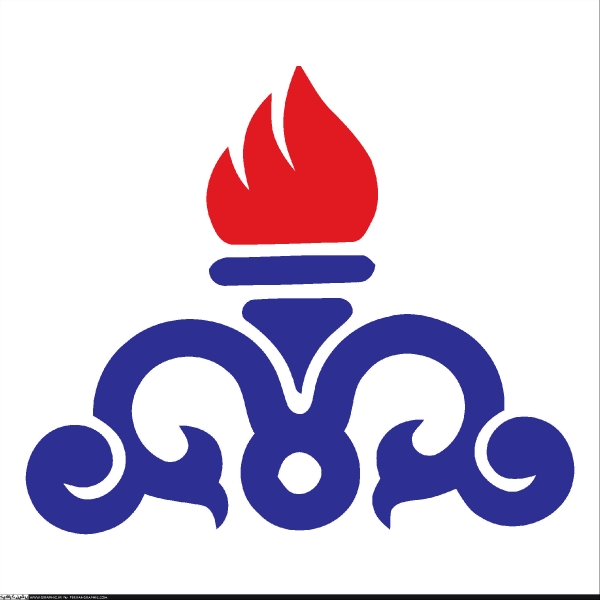The executor of natural gas storage projects at Iran Gas Engineering and Development Company (NIGCENG) explained about the ongoing plans for the development of storage tanks near big cities such as Tehran and Mashhad and said: Near Tehran, there are Yurtsha reservoirs, Sarajeh reservoir, and Kashan salt dome, which can be used during peak consumption and be beneficial.
According to the public relations report, Mohammad Zaman Jokar explained about the measures taken for the city of Mashhad: In the first phase, 2.25 billion cubic meters of storage capacity was created for the city of Mashhad in the Shurijeh-D field and in the second phase, this capacity will double and increase to 4.5 billion cubic meters.
He added: also, the daily production capacity in the refinery unit was 20 million cubic meters, which will reach 40 million cubic meters per day with the implementation of the second phase, which is very useful for the northeast of the country.
He explained about the 7 storage fields in progress and their geographical coordinates: These 7 projects include the development project of the Sarajeh reservoir in Qom province, the development project of the Shourijeh reservoir in the Khangiran field in the Razavi Khorasan province, Nasrabad salt dome in Kashan, Yurtsha water reservoir in Varamin, Bankol field in the Ilam province, Mukhtar gas field in Kohgiluyeh province, and Qezal Tepe gas field is in Golestan province.
The manager of natural gas storage plans explained about the special feature of storage fields: Of the seven fields that are currently in hand, two hydrocarbon fields (Shurijeh and Sarajeh) have been drained, which were previously gas-filled and after being drained, they have been converted into storage tanks. The first phase of these fields has already been completed and now the second phase is underway. But the construction of the tank in Kashan salt dome is done for the first time in the oil and gas industry.
Jokar explained about the development of Sarajeh field and said: The first phase of Sarajeh is now in operation and now we have about 1 billion cubic meters of annual storage capacity and 10 million cubic meters of daily harvesting capacity in this field.
Executor of natural gas storage projects of Iran Gas Engineering and Development Company continued: With the implementation of the development phase, the storage capacity will reach 1.5 billion cubic meters and the daily harvesting capacity will reach 15 million cubic meters.
He said about Kashan Salt Dome, its features and advantages: By performing geological and seismographic tests, we were able to identify the salt dome at a depth of 400 meters and determine its dimensions. A well was drilled in this dome and the desired tests were performed while sampling it. The purity of the salt dome and its strength have been calculated and the relevant consultant who has good experience in this field, has confirmed the suitability of this tank for storage operations.
Jokar continued: The characteristic of salt domes is that we create very large cavities with a capacity of 300,000 cubic meters in the heart of the salt dome by washing water (water injection and water return), which these holes can withstand pressure up to 200 bar and can store about 60-70 million cubic meters of gas in this structure.
By saying that such a complex operation is being carried out for the first time in Iran and this issue is very valuable, he stated: The difference between storage in salt domes and hydrocarbon tanks is that this type of structure, like gas tanks, does not have restrictions on harvesting (due to the prevention of possible damage to the tank), Therefore, at the time of peak consumption in the cold season, we can harvest a large amount from this type of reservoir.
The manager of the storage plans explained at the end about the storage in a water tank, which is done for the first time in the Yurtsha reservoir in the city of Varamin near Tehran and said: Water tanks also have the same structure as hydrocarbon tanks, just with this difference that, there is water instead of gas. In fact, the way it works is that first a large volume of water is drained and then by injecting gas, the water in the tank is pushed back to create a storage space for the gas.
Public Relations of Iran Gas Engineering
and Development Company




